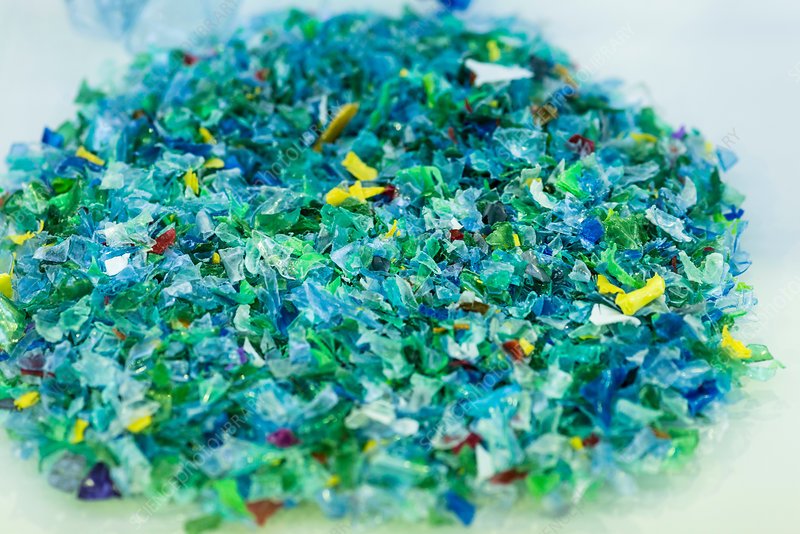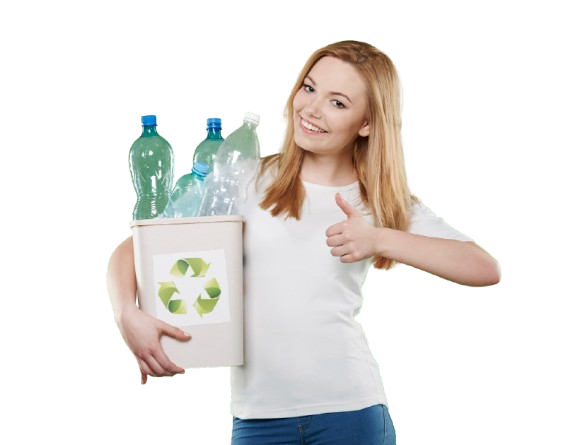Recycling Plastic Bottles for a Greener Tomorrow
Recycling plastic bottles is an integral part in recent days for maintaining a healthier environment for future generations. The recycling of PET flakes, or polyethylene terephthalate, is processed in various ways to eliminate the impurities and produce high-quality reusable PET flakes.
Hot-Wash vs Cold-Wash: The PET Flake Washing Process
The washing process is typically classified into two categories: hot-washed PET flakes and cold-washed PET flakes. We at GAP-YE recycle the PET flakes through multiple stages to assure complete removal of any contaminants.
The PET flakes are washed at a specific temperature with liquid detergent and caustic soda (NaOH) for refining. Through a rigorous recycling process, the PET flakes of different dimensions and colors are prepared, like transparent PET flakes, blue or green or brown PET flakes, or opaque mixed PET flakes.

Recycling for hot-washed PET flakes
Hot-washed PET flakes need to follow the most intensive cleaning process to confirm the high quality standard of PET flakes free from any impurities. The following steps are involved in hot-washed PET flake production. Moreover, removing impurities does not affect the physical properties of PET flakes, and they can be used the same way as they were before.

Step-by-Step Hot-Wash PET Flake Process

Presoaking Stage
The PET bottles after crushing and cutting are passed through the warm water to soften the contaminants attached to them, known as presoaking.

High-Speed Friction Washing
Then, the PET flakes are processed through a high-speed friction washer for scrubbing that helps in dissolving the contaminants such as labels, glue, or grease.

Cold-Water Rinse
PET flakes are recycled by washing in water at normal room temperature to remove residual impurities further. It is useful for eliminating lightweight contaminants or impurities attached to PET flakes.

Heated Alkali Bath
The presoaked crushed PET bottles are transferred to a heating tank where temperature is controlled, where temperature used to be maintained between 75 and 80°C. The alkali material is mixed with water at this stage for eliminating the impurities.

Rinsing with Hot Water
Once the scrubbing process is complete, the hot-washed PET flakes are again rinsed cleanly with hot water to remove the residual impurities.

Drying Process
Then the finely cleaned PET flakes are dried to remove the moisture to ensure the final use. Thermal dryers are also used for dewatering the hot-washed PET flakes to complete removal of moisture.

Why Hot-Wash Is the Best Option
Hot-washed PET flake recycling is very effective in cases where the PET bottles contain dirty or sticky substances and need extensive cleaning. Hot washing only can remove any kind of stubborn nature contaminants and ensure high-quality PET flake production. Hot-washed PET flakes are very useful in the manufacturing process or any other use. However, there are some limitations on hot-washed PET flakes, such as it taking higher energy consumption for the cleansing process. It needs a complex installation of machinery at the beginning.
Our Environmental Commitment at GAP-YE
At GAP-YE, the hot-washed PET flakes recycling process, safeguards the natural resources and reduces the adverse effects of greenhouse gases. Moreover, the collection and processing of PET bottle residuals from the Yemen surrounding areas not only stop its plastic waste from going into landfills, rivers, or ocean water that has a high chance of contamination with natural resources. We at GAP-YE recycle the plastic waste to protect the biodiversity and make it into reusable products for further use.
